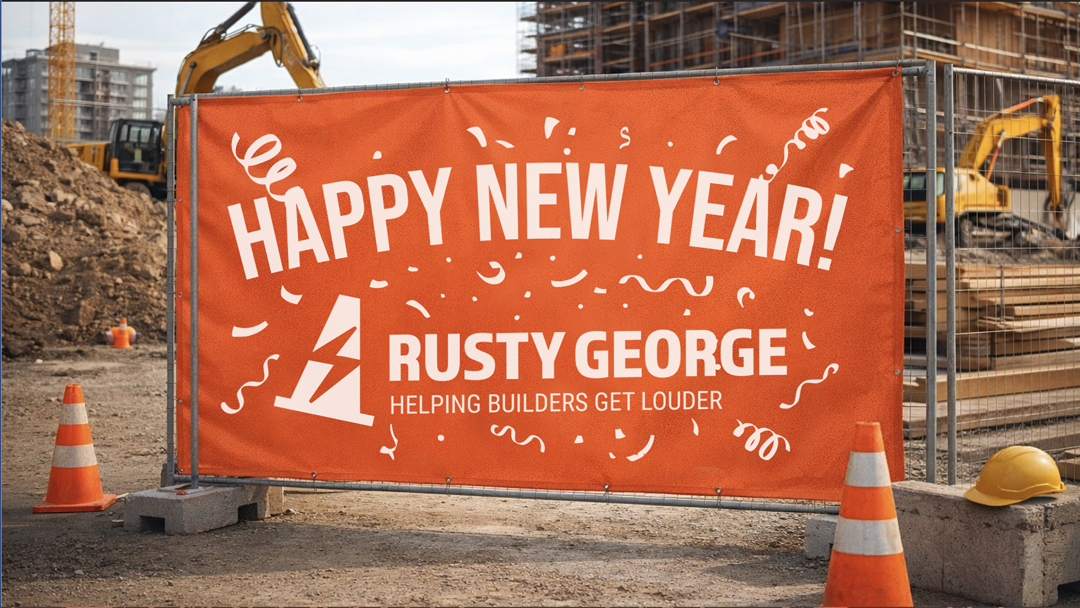Finding Purpose Behind Your Proposals
Making your project proposals more attractive beyond the numbers will help you stand out and strengthen your brand.

One of the best ways to strengthen your brand is by submitting proposals that showcase your skills, demonstrate your understanding of challenges, and convince prospective developers, procurement or project managers you can prioritize and solve their problems better than anyone else.
We’ve all heard the joke that a proposal should just be nothing more than one bold number on a single piece of paper. And in some ways, that’s true. Writing a proposal should be as simple as collecting the basic project information, pitching a budget that’s competitive but fair, and hoping for the best. But the best proposals are more than just a compilation of specs and the expected scope of work. They’re a sales tool. If you want to set yourself apart, investing a little more time into the warm and fuzzy part of the proposal could give you the competitive edge you’re seeking.
So what makes a strong proposal? To start, you’ve got to address the work at hand. When preparing your bid, identify what your prospect's fears and challenges might be heading into the project and detail how your contribution to the project could solve their problems. Doing your research ahead of time makes it easier to customize each page to a client's specific goals.
The best proposals also connect on a human level. When explaining why you’re the right subcontractor for the job, craft solid brand messaging that details your company culture and be sure to highlight how you treat your employees. With a push for creating inclusive work environments in the building industry, it's also worth addressing how you’re implementing diversity, equity, and inclusion (DE&I) initiatives and prioritizing promoting women into leadership positions.
Prospective partners also love to hear about community outreach. Are you involved in any charitable work? Does your crew volunteer their time outside of the work week? Incorporating the ways your company contributes locally into your brand platform and weaving that information into your proposals will help you stand out.
Another component of winning a bid is convincing prospective partners you'll put their needs first and providing them with testimonies about how you have overcome similar project challenges in the past. Back that with specific case studies and compelling progress pictures from current projects – and remember that the work you do is only as good as your best imagery. While smartphones are getting better at capturing high-quality imagery, it might be worth investing in a professional camera or photographer to chronicle the project from start to finish.
Considering the amount of information we’ve thrown at you so far, the next tip is a tad ironic: Keep it simple. The most pertinent information in your proposal should be easy to find and not buried in superfluous fluff. Try to reduce the amount of text you include, condense information into bullet points when it makes sense, and ask yourself, “How can I rewrite this to be simpler but still get the same message across?” When you can present facts while also telling a concise and compelling story, prospects notice.
If asked to submit a printed proposal, QR codes can also simplify things and are easy to scan by anyone with a smartphone. Consider adding QR codes that link to the case study page on your website at key points in the proposal to break up content and set your bid apart. If you’re submitting a proposal digitally, QR codes aren’t necessary, but technology allows text, images, and graphics to link to your website.
Directing prospects to your website also encourages them to explore other pages, connect with your team and values, and hopefully be won over by your company. We all know the phenomenon of getting lost down rabbit holes, and this is a perfect opportunity to have it work for you.
Ultimately, the most vital part of a proposal is the numbers and the components that make up the data. That’s what everyone immediately skips to, and that’s where prospects place the most value. But the building industry is notoriously relationship-based, and a proposal that positions you as a long-term partner rather than a one-time vendor, will be more impactful in the long run.
Companies that put as much thought into introducing their firm as they do the numbers will have a competitive advantage because humanizing your company gives prospects a reason to bet on your culture, values, and team again and again.
Sources: The Working Mind, Winning The Business
Photo credit: Pexels
MORE Insights
Unlock the secrets to transforming your construction company into a marketing powerhouse with Louder Builder.

2026 Starts Now. Five Reminders to Strengthen Your Year Ahead

Small Moves Now. Big Wins Next Year
SIGN UP FOR UPDATES
We will send you our latest insights from Louder Builder as they are released.
CONTACT US
Are you ready to begin your project today? Just have a few questions?
Either way, let’s talk.
